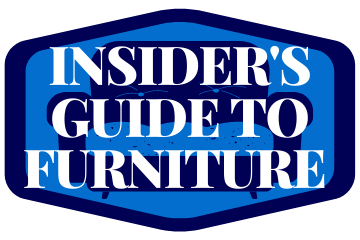Latex foam was first developed by Dunlop in 1929 and mattresses using latex rubbers were introduced by the 1940s.
Although the popularity of Latex mattresses picked up over the following decades it has never accounted for more than a small percentage of overall mattress sales due to its high price.
The current popularity of foam mattresses can be traced to the development of memory foam by NASA in 1966. Its first use was to improve the safety of aircraft cushions.
NASA released memory foam to the public domain in the early 1980s.
The first memory foams were extremely expensive and difficult to work with.
That began to change in 1991 with the introduction of the “Tempur-Pedic Swedish Mattress.”
It took a while for the new “memory foam” mattress to catch on with the American public.
- Initially the product was considerably more expensive than existing mattress technologies.
- Early memory foam mattresses also failed to catch on with the general public due to the discomfort caused by the foam’s heat-retaining properties.
- The heat problem was partially solved with a second generation product that used an open cell structure to improve breathability.
- In 2006, the third generation of memory foam was introduced. This incorporated gel particles fused with visco foam to reduce trapped body heat, speed up spring back time and help the mattress feel softer.
- The new memory gel foam mattresses featured “temperature stabilization” technology. This addressed the primary concern about memory foam mattresses. It created a cooling effect to counter the heat-producing properties of the older memory foams
With the introduction of 3rd generation memory gel foams, memory foam mattresses finally were ready to be accepted by a large percentage of the general public.
In 2011 two of the three largest coil spring mattress brands joined the Memory gel foam competition.
- Serta’s iComfort and Simmons’ Beautyrest lines introduced gel-infused memory foam mattress lines.
- The following year, 2012, Tempur-Pedic purchased Sealy, the third of the big 3 coil spring mattress brands..
Another major boost to the popularity of foam mattresses occured in 2014 when Casper introduced the first commercially successful bed-in-a-box product line.
- Tuft & Needle soon followed and was in turn followed by dozens of new competitors.
- For the first time small mattress companies could produce, sell and ship their products direct to the homes of their customers nationwide.
- It was also an advantage to larger producers who could now manufacture mattresses overseas and ship cheaply to customers world wide.
The Bed in a Box concept started with the invention of a machine that could compress and roll foam mattresses to fit in small boxes that can be shipped inexpensively direct to the customer’s residence.
- The new Bed in a Box technology fit perfectly with the growth of ecommerce and advances in improved warehouse and shipping logistics.
- Large, bulky mattresses could now fit in small boxes that could be shipped by FedEx and UPS and other at much lower costs.
The percentage of foam mattresses is constantly growing and is currently threatening to overtake older technologies, such as coil springs, as the dominant type of mattress sold in the U.S.
The percentage of memory foam mattresses is even greater in Europe where the technology was commercially accepted at an earlier date.
Know someone who might be interested in this post? Please like and share this post with them. If you have questions or comments please leave them below.
